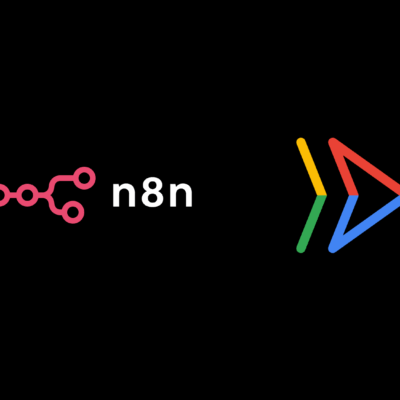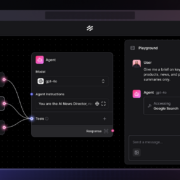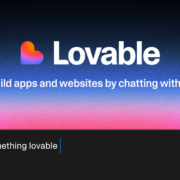Welcome, tech enthusiasts! If you’ve ever wanted to install iOS applications that aren’t available on the App Store—such as open-source tools, emulators, or beta versions of your own apps—you’ve come to the right place. This process is known as sideloading, and it involves signing an application package (.ipa file) with a digital certificate and installing it directly onto your iPhone.
This guide is based on my personal experience from countless hours of testing different sideloading methods. While the process is straightforward if you follow the steps, it’s crucial to understand the implications.
Important Disclaimer (Please Read Before You Begin):
This tutorial is for educational purposes only. Sideloading carries inherent security risks if you install apps from untrusted sources. We strongly advise you to only use .ipa files that you have obtained legally and from reputable sources (e.g., an open-source project on GitHub, or an app you are developing yourself). We do not endorse piracy. To support the hard work of developers like the team behind Filmora, please purchase their applications from the official App Store.What You’ll Need Before You Start
To ensure a smooth sideloading process, you’ll need to prepare a few things first:
- A Signing Certificate: This is the most critical component. It’s what allows you to install apps on your iPhone without jailbreaking. You have two main options:
- Apple Developer Program: The official method. Subscribing to the program gives you a certificate to sign and test your own apps.
- Third-Party Signing Services: For hobbyists, services like
udid.appoffer developer certificates for personal use. I have used this service before and found it reliable for my testing needs. If you already have a certificate, you can skip this step.
- The
.ipaFile: This is the application package you want to install. Crucially, ensure you download your.ipafiles from legitimate sources only. For this guide, we will use the concept of installing an app like Filmora as an example of the process, but you must provide your own legally-obtained.ipafile. - The Feather Signing App: This is the on-device tool we’ll use to sign the
.ipafile. It’s similar to the popular E-Sign app. If you already use E-Sign, you can add the Feather repository:https://github.com/khcrysalis/Feather/raw/main/app-repo.json. If you’re new, you can find tutorials on Google or YouTube for installing Feather or E-Sign.
Once you have these three items ready, you can proceed with the guide.
Detailed Guide: How to Sign and Install an IPA with Feather
Step 1: Import Your Certificate into Feather
- Open the Feather app and tap on the Settings tab at the bottom.
- Scroll down and select Certificate Management. Press the + icon in the top-right corner.
- Choose Import Certificate and navigate to your
.p12file (this is usually in the folder you get after purchasing a certificate). - Next, tap Import Provisioning Profile and select your
.mobileprovisionfile. - In the Password field, enter the certificate’s password (often found in a
pass.txtfile provided by the seller). If there is no password, leave it blank. - Finally, tap Save. You should see a success message if everything was imported correctly!
Step 2: Import the IPA File into Feather
- With Feather open, go to the Source tab.
- Press the plus (+) icon in the top-right corner to import the
.ipafile you downloaded earlier.
Step 3: Configure and Sign the Application
- Navigate to the Library tab. You will see the app you just imported.
- Tap on the app and then tap the Sign button. Do not press and hold to select “Install,” as the app must be signed with your certificate first.
- In the signing menu, tap on Advanced and then More Settings. Scroll to the bottom and toggle on the Replace Substrate with ElleKit option. This setting can be necessary for some modified apps to function correctly.
- Once configured, go back and tap Start Signing. Wait for the process to complete.
Step 4: Install the Signed Application
- After signing is complete, the app will appear in the Signed tab.
- Simply tap on the app. A pop-up will appear asking if you want to install it. Tap Install.
- The app should now appear on your iPhone’s home screen. If you get an “Untrusted Developer” error when you try to open it, go to Settings > General > VPN & Device Management, find your developer certificate, and tap Trust.
Step 5: Using The App
You have now successfully sideloaded the application! You can open it and use it just like any other app from the App Store.
Important Considerations When Sideloading
- Security Risk: I cannot stress this enough—only install
.ipafiles from sources you trust completely. A malicious file could compromise your data and device security. - Legality and Ethics: This guide is intended for legitimate uses, such as testing apps or installing open-source software. Using this method to pirate paid applications is illegal, unethical, and hurts the developers who create these amazing tools.
- Certificate Revocation: Third-party certificates can be revoked by Apple at any time, causing all sideloaded apps to stop working. This is a common risk with this method.
- Updates: This guide is current as of August 2025. iOS and signing tools change frequently, so you may need to search for updated methods in the future.
I hope this guide was helpful in demystifying the process of sideloading on iOS. If you have any questions, feel free to ask in the comments, and if you found this useful, please share it. Happy experimenting, and always remember to support developers!








